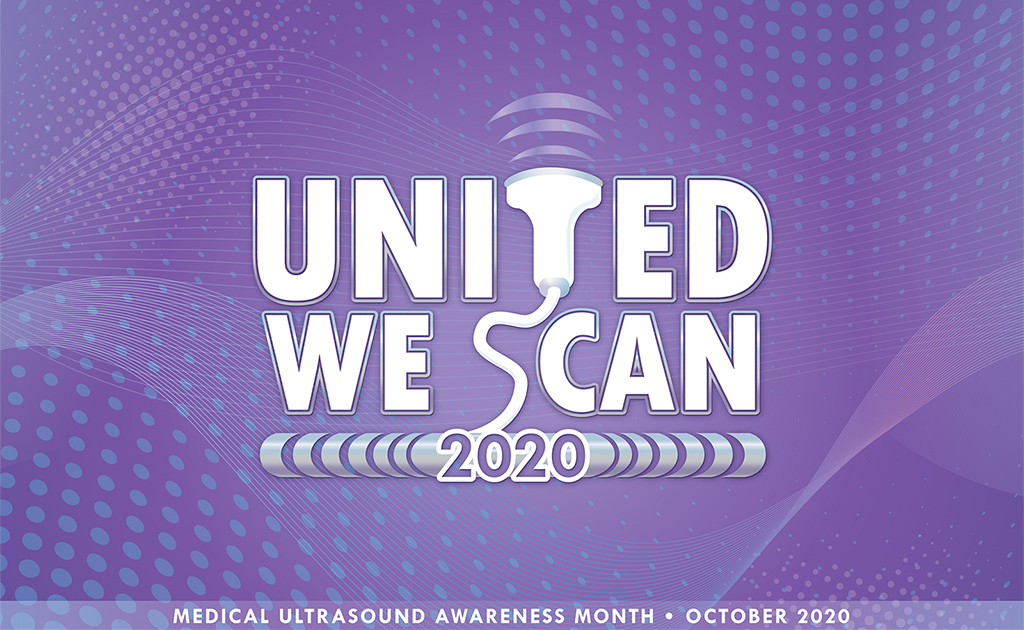October is another chance to help the public better understand their vascular health through circulation ultrasound. During Medical Ultrasound Awareness Month, our ultrasound professionals get recognized, and new ultrasound technologies get promoted.
Learn about the types of ultrasounds and imaging technologies available and how they are evolving, secondly.
Circulation Ultrasound Imaging
Circulation ultrasound, or vascular ultrasound, allows your doctor to see blood flow in the vascular system with moving images. This screening procedure is non-invasive and happens on top of the skin. Ultrasound imaging used for vascular health is the same type used for prenatal examinations.
Sound waves are sent inside the body to create a picture of blood flowing through vessels. Ultrasound gives the sonographer a real-time view of veins and arteries. As a result, these waves can measure the speed of blood flow and indicate if there are blockages present.
- It is safe with no side effects
- Non-invasive with in-motion images
- The screening is quick, can be done in under an hour
- Long-standing track record of successful use
Ultrasound Technology Advancements
The first ultrasound utilized for medical purposes was in 1956. Its first medical use was for obstetrics to image an unborn fetus. However, since that time, ultrasound screenings have grown to include: evaluations for vascular disease, diagnose gallbladder disease, guide needles for biopsy, view joint inflammation, and much more.
Over time, with advancements in technology and computers, ultrasounds have benefitted, subsequently.
Improved image quality
- With improved technology come improved 2D ultrasound images. Recently, computers gaining more power and faster processing speeds have helped ultrasounds deliver better-than-ever images. These real-time images are now better quality, with more definition than the past fuzzy ones. One advantage for the vascular health field is that doctors can better see and diagnose vein disease.
Volumetric images
- You may have heard of these as 3D or 4D images. Volumetric imaging takes ultrasound a step further by giving a 3D view of internal organs, veins, or a fetus. These images show depth and even depth in motion. By compiling many consecutive tomographic images, a picture is rendered that doesn’t have a flat surface. The data gathered by computers for volumetric images are complex, but the result lets doctors better understand what is going on internally.
Elastography
- This type of ultrasound scan is relatively new to the United States, with few working systems approved by the FDA. Elastography measures tissue stiffness and other mechanical characteristics. Looking for stiffness in tissues can clue doctors in about medical problems an image itself couldn’t convey. As a result, this ultrasound can help make diagnosis easier.
CEUS
- This stands for contrast-enhanced ultrasound, and it is a new technology. At the moment, there is limited availability to these scans in the United States. This type of ultrasound images the heart and the digestive tract and is adept at detecting tumors. As a result, it may come to replace the CT and MRI scanners that pose their own health risks.
Portable Ultrasound Machines
- Smaller portable ultrasound machines allow practitioners to provide an ultrasound anywhere if needed. These machines are usually a handheld scanner and can be much more convenient to use when the situation arises. As the technology becomes more available to doctors, the price has become more affordable, sometimes even more so than a traditional console unit. With a quality unit, these devices produce similar image results to a console imaging machine.
Artificial Intelligence Integration
- AI is beginning to take over some of the more tedious tasks of imaging. These smart-systems can pick out the best image in a dataset quickly. AI can also color code and identify the pieces of anatomy shown. As a result, AI automation will save sonographers time and improve their workflow. This technology lets them focus on getting the image and not stopping to search through and label them. Another feature would allow the system to pull all images of a specific piece of anatomy for review without the doctor searching through the entire collection of images and data.
New Visualization Methods
- New imaging methods are changing the way ultrasounds look. Traditional ultrasound images can sometimes be hard to read. New reconstruction methods are helping make these images easier to understand while providing additional data. Fetal heart screenings, for example, can be difficult to perform with the traditional ultrasound image. Fetal hearts are tiny and move at high speed. New software called fetalHQ is helping doctors get a more accurate view of the organ’s shape, size, and ability to contract. This software also has a feature meant to show blood flow better called Radiant Flow. This view shows vascular surgeons a patient’s blood flow and speed in a 3D and realistic picture.
Celebrating Sonographers
October is the time to spread awareness about the benefits of ultrasounds and celebrate the sonographers who make it possible! Medical sonographers play an essential role in patients’ lives and wellbeing. Therefore, annually in October, Medical Ultrasound Awareness Month (MUAM) is held in a joint effort by:
- American Institute of Ultrasound in Medicine
- American Registry for Diagnostic Medical Sonography
- Cardiovascular Credentialing International
- American Society of Echocardiography
- Society of Diagnostic Medical Sonography
- Society for Vascular Ultrasound
All profits earned from their campaign United We Scan will be donated to the SDMS Foundation to benefit sonographers, in addition.
Likewise, we at the Vein Centre want to give thanks and recognition to all sonographers. Our Vascular Sonographer, Gwen Stanley, BA, RVT has made a difference in many’s lives on their journey towards vascular health.

If you have a story about how ultrasound has impacted your life, we would love to hear! Leave a comment below this article to spread the word on the importance of ultrasounds, for instance.
The board-certified vascular surgeons at The Vein Centre are trained and experienced in identifying vascular diseases through ultrasound. Above all, The Vein Centre’s primary goal is to get to the root of the problem for each patient. The Vein Centre offers many types of vein screenings and treatments for venous disease.
Our offices are near Downtown Franklin, Mt. Juliet, Brentwood, and Nashville. Visit us in Franklin, Belle Meade, or Mt. Juliet, Tennessee. To schedule, please call us at 615.269.9007. We would be happy to answer any questions you may have about our vein services.



